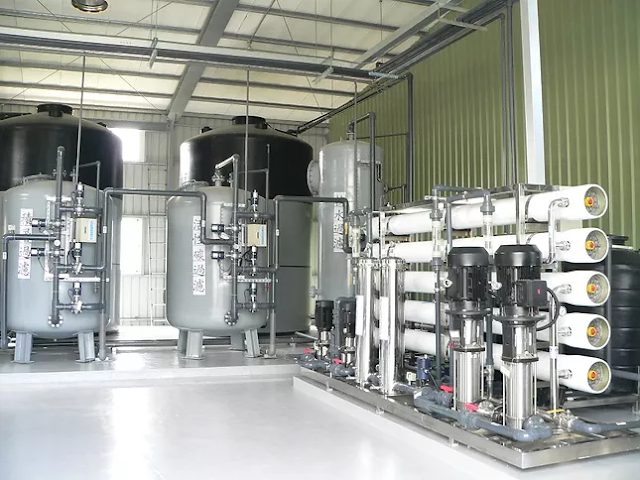Water is first bottled at the source of water. Water may
be found in the land from several sources, including the ocean, groundwater,
wells and springs, and municipal supplies. The next step is to start the water
filtering process to remove undesirable pollutants from the feed water using
technologies including membrane filtration, media filtration, ion exchange, and
water disinfection. Depending on the condition of the input water, water
treatment firms may employ one or both of these filtration techniques for bottled water purification.
The type of water that can be processed and its
profitability are both impacted by the source of water used for beverage
manufacturing.
Municipalities supply more than 30% of the world's
bottled water; with the remaining 70% coming from other sources including
springs and wells. Wherever the water comes from, it must meet certain quality
requirements set by water testing organizations. These organizations examine
the kinds and quantities of organic and inorganic chemicals present in the
source to choose the best filtering method to use.
Equipment
Unusual flavors or tastes in water will not sell well on
the market. These undesirable qualities can be brought about by organic
molecules, such as metal ions in water. These organics can be removed from the
feed water using the techniques mentioned above, with certain treatments being
more appropriate in particular circumstances.
For instance, metals and other ions may be effectively
removed from water via membrane filtration in the ultrapure
water system.
The two most common varieties of bottled water in the
marketplace are purified water and spring water. There is a significant
variation in the purification process even if there may not be much flavor
variety between each type. More than any other sort of water, purified water
needs considerable water treatment and control. This makes it the kind of bottled
water that people want the most. Reverse osmosis, deionization, and
distillation are the three most used purification techniques.
Because of its superior efficacy, cheaper cost, and energy economy, reverse osmosis is the water purification technique that bottlers choose the most. Reverse osmosis systems may eliminate up to 99 percent of ions and organic compounds from water, as well as almost all bacteria and viruses. The spot free rinse system is also useful.













